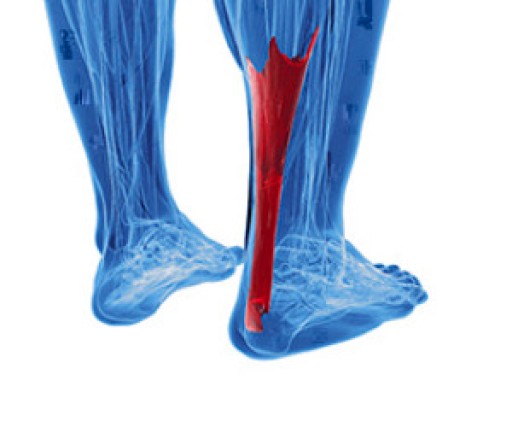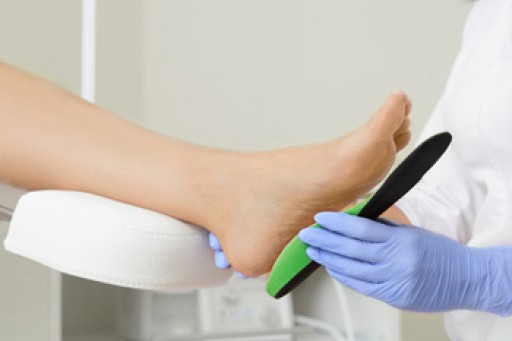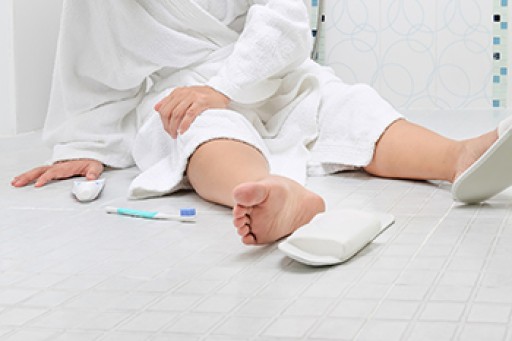 The function of the Achilles tendon is to attach the ankle joint to the heel bone. It is located in the back of the calf and is crucial to performing daily activities that include walking and running. An indication that a patient has experienced an Achilles tendon injury is often intense pain in the lower part of the calf. Additional symptoms can include hearing and feeling a sudden snap, and a difficulty pointing and flexing the foot. Patients may experience swelling and bruising surrounding the ankle, and standing on tiptoes is often impossible to do. Research has shown that having pre-existing medical conditions may lead to enduring this type of injury. These can include kidney failure, thyroid disease, and diabetes. There are several treatment options available for an Achilles tendon injury, and it is suggested that you confer with a podiatrist who can determine what the best one is for you.
The function of the Achilles tendon is to attach the ankle joint to the heel bone. It is located in the back of the calf and is crucial to performing daily activities that include walking and running. An indication that a patient has experienced an Achilles tendon injury is often intense pain in the lower part of the calf. Additional symptoms can include hearing and feeling a sudden snap, and a difficulty pointing and flexing the foot. Patients may experience swelling and bruising surrounding the ankle, and standing on tiptoes is often impossible to do. Research has shown that having pre-existing medical conditions may lead to enduring this type of injury. These can include kidney failure, thyroid disease, and diabetes. There are several treatment options available for an Achilles tendon injury, and it is suggested that you confer with a podiatrist who can determine what the best one is for you.
Achilles tendon injuries need immediate attention to avoid future complications. If you have any concerns, contact one of our podiatrists of Footcare Now. Our doctors can provide the care you need to keep you pain-free and on your feet.
What Is the Achilles Tendon?
The Achilles tendon is a tendon that connects the lower leg muscles and calf to the heel of the foot. It is the strongest tendon in the human body and is essential for making movement possible. Because this tendon is such an integral part of the body, any injuries to it can create immense difficulties and should immediately be presented to a doctor.
What Are the Symptoms of an Achilles Tendon Injury?
There are various types of injuries that can affect the Achilles tendon. The two most common injuries are Achilles tendinitis and ruptures of the tendon.
Achilles Tendinitis Symptoms
- Inflammation
- Dull to severe pain
- Increased blood flow to the tendon
- Thickening of the tendon
Rupture Symptoms
- Extreme pain and swelling in the foot
- Total immobility
Treatment and Prevention
Achilles tendon injuries are diagnosed by a thorough physical evaluation, which can include an MRI. Treatment involves rest, physical therapy, and in some cases, surgery. However, various preventative measures can be taken to avoid these injuries, such as:
- Thorough stretching of the tendon before and after exercise
- Strengthening exercises like calf raises, squats, leg curls, leg extensions, leg raises, lunges, and leg presses
If you have any questions please feel free to contact our offices located in Elmhurst Jackson Heights, and Astoria, NY . We offer the newest diagnostic tools and technology to treat your foot and ankle needs.











